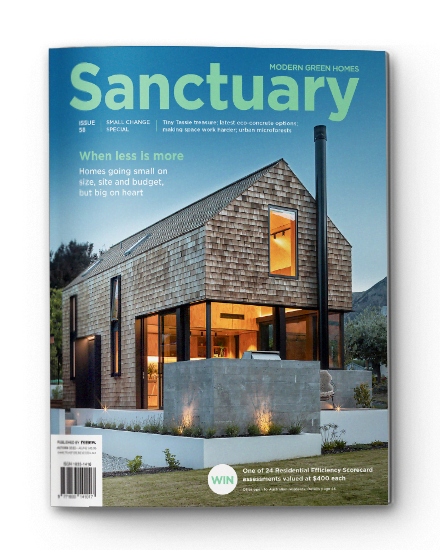Can we afford it? The rising cost of building in Australia

What does it cost to build a house in Australia these days? What factors are at play, and what’s the most affordable way? Late last year Sanctuary’s editor Anna Cumming moderated a panel discussion with three expert practitioners to dig into this subject.
I have a long-standing interest in well-designed, sustainable and comfortable homes, and in my role as Sanctuary editor I enjoy being part of the mission to inspire and educate people about the design strategies, materials and systems available to achieve them. I’d like everyone to have access to such homes, so the cost of building is also very important to me.
We often hear from readers who love the magazine but would like to see more affordable, budget projects that are within the reasonable financial reach of more people. Of course, ‘affordable’ is subjective and varies hugely from person to person, but in my work finding great sustainable homes to profile, I have noticed that the ballpark cost for the sort of project I think of as ‘modest and affordable’ has risen from around $200,000 to $400,000 or even more in the last couple of years. And I realise that because my rule of thumb is based on recently completed houses, not projects just getting underway now, it doesn’t even take into account the dramatic cost rises the building industry has seen in the past year or so.
So a discussion on what it costs to build a house, what factors are at play, and how people can do it more affordably seems timely. In October last year, I spoke to three talented experts as part of Design Matters National’s (DMN) InspoExpo: building designers Simone Schenkel and Ingrid Hornung, and builder and energy assessor Marcello Belcastro. The recording of our discussion is available to view via the DMN website (see link below). What follows is a brief overview of the topics we touched on, and the expertise the panellists had to offer.
Our panellists

Simone Schenkel is a certified Passive House designer and director at Gruen Eco Design in Victoria, whose mission is to make energy-efficient homes a staple in the Australian landscape. She works with her clients to create not only beautifully designed homes, but homes that are affordable, healthy, thermally comfortable, efficient and resilient for future generations.
Ingrid Hornung is a Melbourne-based building designer and has been an active member of DMN since 2002; she is currently serving as President. Her business, Designs for You, focuses on residential renovations. Ingrid’s passion is creating and adapting homes for her clients in a way that combines delight, practicality and sustainability.
Marcello Belcastro leads Marcello Build, based in the Hunter Valley, New South Wales. He has been in the construction industry since 1995, working as a construction manager with a small-volume construction company before becoming a custom home builder. Recently he shifted his focus to energy efficiency and is now a practising NatHERS assessor.
During our discussion, I asked Simone, Ingrid and Marcello to reflect on what it costs to build a house, how and why this is changing, and what homeowners, designers and builders can do to achieve more affordable builds and renovations – while still ensuring they are sustainable, of course.
Building costs
Times are certainly interesting when it comes to the issue of affordability on construction projects. Simone says that for Passive Houses such as the ones she designs, “some builders are quoting $6,000 or $7,000 per square metre, which is obviously the opposite of affordable. In general, we are finding as well that no matter how much we try to keep the house design simple, costs have gone up a lot: at least 10 per cent in the last year, if not more.”
Marcello agrees, noting the substantial cost increases and stock shortages for many basic building materials. “We have seen three price rises on timber in the last twelve months. In September 2020, I had a quote for standard framing timber at $2.27 per linear metre. Recently [in late 2021], the same stock was $5.50 – that’s more than double. And we now also have to consider the cost impact of time delays related to supply shortages on projects. I recently got an email from a framing company that warned of a 6-8 week wait on materials for second storey framing systems, for example.”
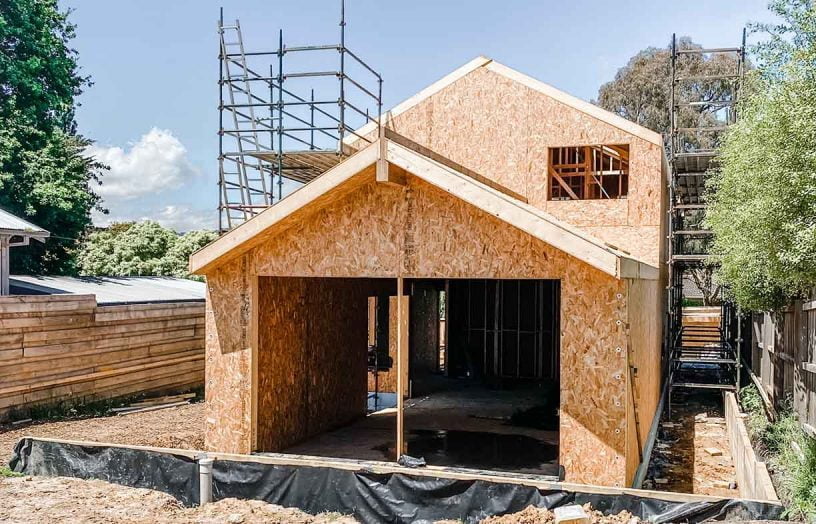
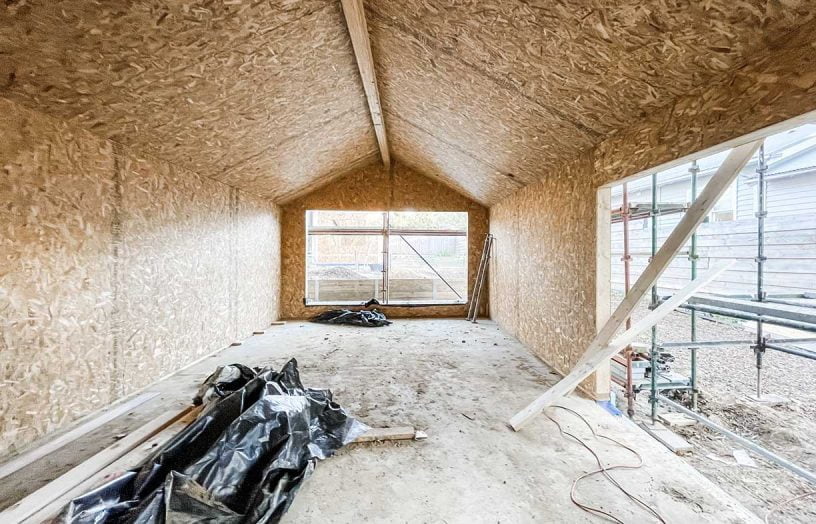
As well as increased material costs, construction industry labour costs are going up. A recent Housing Industry of Australia (HIA) report cites an 8 per cent rise in labour costs, but the panellists say it can be much higher. This volatility makes pricing jobs a challenging exercise for builders and the wider design and construction industry.
Marcello reflects on his experience. “A lot of builders who locked in prices six months ago are running into challenges in the current environment. They’re so busy – the demand is there and they’ve got their schedules booked for the year, but when they come to start a job down the track, there’s no way they will be able to honour the quoted price due to cost increases. So they are having to build big allowances into their contracts to cover them.” Simone agrees: “Every trade along the line is building in an increased security margin to cover any potential overheads and mitigate risk.” This results in very high end prices for the homeowner.
Pandemic impacts
Since the beginning of the Covid pandemic, demand for home builds and renovations has skyrocketed. The panellists note that many people who might have been planning a build or renovation down the track are now bringing those plans forward, because they’ve got the time and the energy, and because they’re not currently spending money on things like travel.
Another factor is people spending more time in their own homes as a result of Covid restrictions and increased working from home. “I think people are getting much more aware of how badly their house is performing,” says Simone. “On a normal day before Covid, most people would get up in the morning and go to work. But now they’re at home all day, living, working, with the kids, and everyone is freezing – that’s when people become miserable and realise how much better their homes could be.” She has seen an enormous increase in building design enquiries. “People want to know about how it all works, about whether their home is performing well or not. Homes and home design are being interrogated like never before, and that’s a great thing.”
Along with a rise in demand, construction costs have been impacted by a range of pandemic-related flow-on effects in associated industries, the panellists explain. International shipping delays, tripling of container prices and port fees and a drop in raw material supply due to events like bushfires in Australia and beetle disease in North America decimating forests have all contributed to a climate of cost uncertainty. On the local front, delays due to lockdowns, transport delays and reduced staffing capacity in factories have also played a significant role.
Working towards affordability
So what can industry professionals do to mitigate these effects? Ingrid says working more closely with builders in the early stages of a project pays dividends for all involved. “Consulting with builders much earlier in the design process than is usually done means that they can have expert input into materials used and aspects of the design that might otherwise turn out to be expensive to build, helping control the overall cost of a building project.”
Simone concurs. “I think the key is to work closely together with a builder and a structural engineer. With material costs going up so much, it’s hard to get your hands on elements like beams and posts, for example. With a whole team on board early, we can talk about material options alongside design considerations and ask questions like, how can we make the roof as simple as possible? How can we avoid the use of steel here?
“Sometimes it can be a bit of a reality check for clients, as they may not get everything they want,” she continues, “but everyone will know this early on – and that’s tremendously helpful to all involved.”
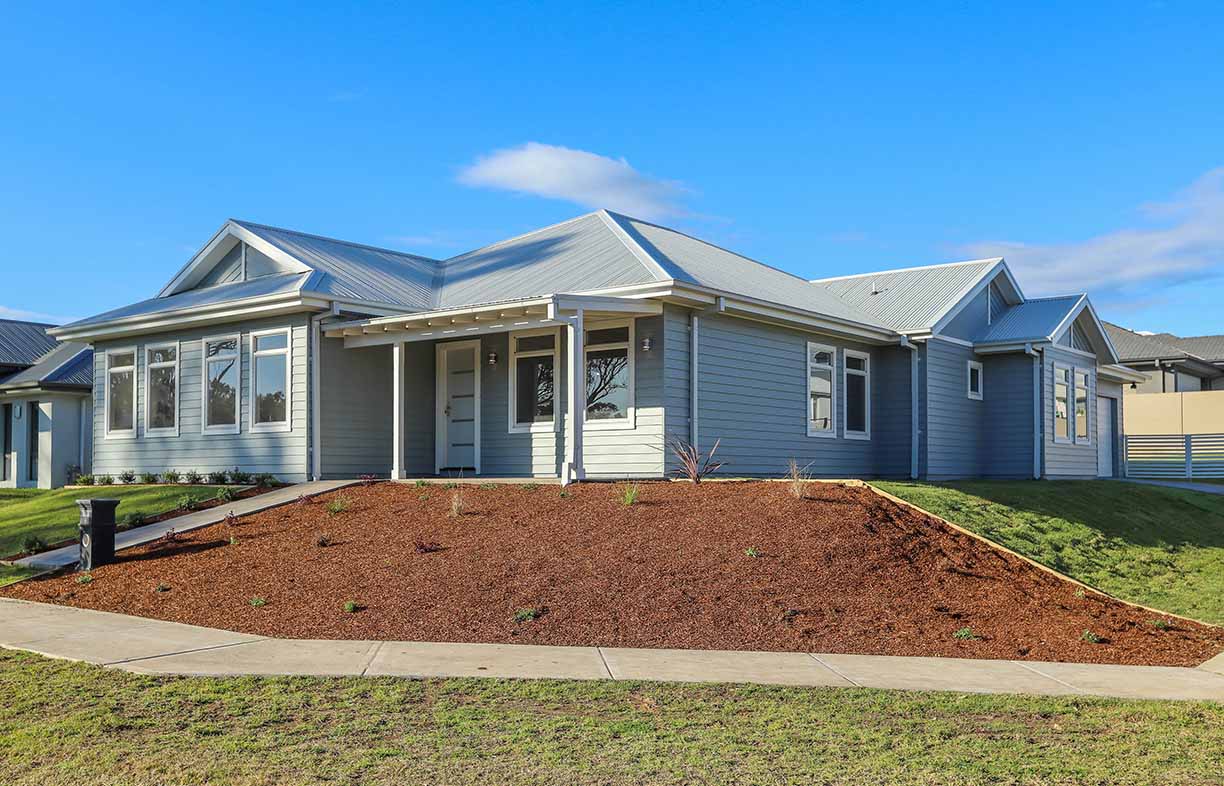
Another top tip (and this one is not just for times when prices are high!) is to encourage clients to reduce the size of their planned build or renovation, considering carefully how much space they really need. “Most people don’t really think about it, they just go to a display home and come away believing they need all the bells and whistles. Do they really need that wide hallway or a home theatre? We have to encourage them to really think about it,” says Marcello.
“On a floor plan, a bedroom that’s 3.6 metres by 3.6 metres may look small, but in fact it is quite functional,” he goes on. “A new client will usually have an idea of the things that they want in a bedroom, and assume they need a bigger room to fit it all in. So I’ll often walk them through an already finished house. When you stand them in a modest-sized room and show them what fits into it and how it feels, they see that it’s quite acceptable. Keeping the design compact does bring costs down.”
Ingrid concurs. “While we don’t have control over the building industry, as designers we have the opportunity to look at ways of creating solutions that accommodate and support the way that people live. We spend time with clients to establish what they really need to live well, and build that.”
With the general rise in building costs, prefab and modular construction methods look like becoming more attractive due to their standardised materials and construction efficiencies. “Although it can be a challenge to balance the design clients are looking for with an available prefab option, it’s coming into its own as a viable solution in this current environment, because of the ways the cost can be controlled on a prefabricated project – especially in terms of timelines and materials,” says Ingrid.
Simone opens up the discussion to build contract pricing. “Right now, we’re seeing a move by some builders away from fixed cost contracts towards signing partly provisional contracts to deal with the problem of unpredictable and inflated material prices. By putting provisional sums on critical structural elements like windows, the client pays the actual cost at the time of ordering for these materials, which removes the need for the supplier to add an additional security margin to manage risk,” she says. “On top of that, where possible, we encourage our clients to buy building materials straight away. For our own build that’s currently underway, we paid for the windows, timber and other elements before we even got the building permits. Not everyone can do it, but some of these things can be prepaid to avoid future price rises.”
Sustainability
Marcello, Ingrid and Simone all agree that there is no reason a sustainable, energy-efficient house can’t be achieved even while pursuing a more affordable build. In fact, Ingrid believes it’s not serving the client to avoid putting sustainability on the radar. “It doesn’t serve them or their longer-term financial goals. One of the priorities for the build spend should be reducing the running cost of the finished home. Sustainability is a big part of that equation.”
Good design doesn’t have to cost more, of course: things like orientation and window placement to maximise the benefit of passive solar design, for example, will have a big impact without adding cost. And for elements that do come at a cost, it’s important to prioritise things that will have a big impact on performance and are hard or expensive to change later, for example windows and insulation. Thinking longer term may result in a slightly higher build cost, but the house will be much cheaper to run and will save money over time, as well as reducing energy needs and thus carbon emissions and environmental footprint.
Final takeaways
As we wrap up the session, I ask the panellists for their top piece of advice for those looking to improve affordability on building projects.
Marcello: “Consider the block, and design and build to suit the site. Don’t just look at what they’ve done at a project display home. That may not work for your block. Think of your space first, and what works well from that perspective.”
Ingrid: “First, build smaller – only what you need. Don’t design in extra spaces ‘just in case’ you need to use them. Design spaces to have multiple functions. Second, weigh up your priorities. I’m happy to work with people on budgets under $500,000, but if you decide to go down this path, you will have to make hard decisions and question which features and materials are really important to you.
Simone: “I’m a big believer in ‘less is more’. If you build on a budget, not everything can be a feature; you have to choose these wisely. Consider the structure first, and concentrate on things like high-performing windows and insulation. Other elements can be upgraded more easily at a later stage if necessary.”
Watch the discussion, titled ‘InspoExpo Renew’
Further reading
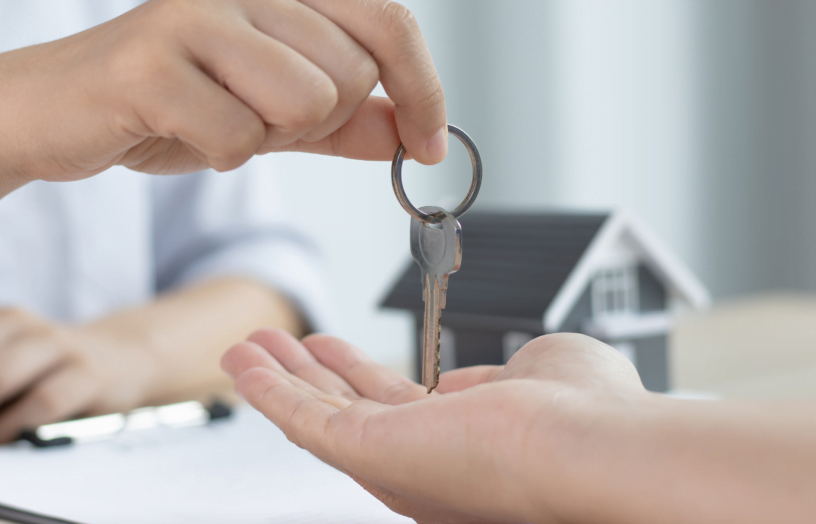 Advocacy
Advocacy
How energy efficient is the house you are buying or renting?
Victorian renters need stronger minimum energy standards. Read Renew's submission.
Read more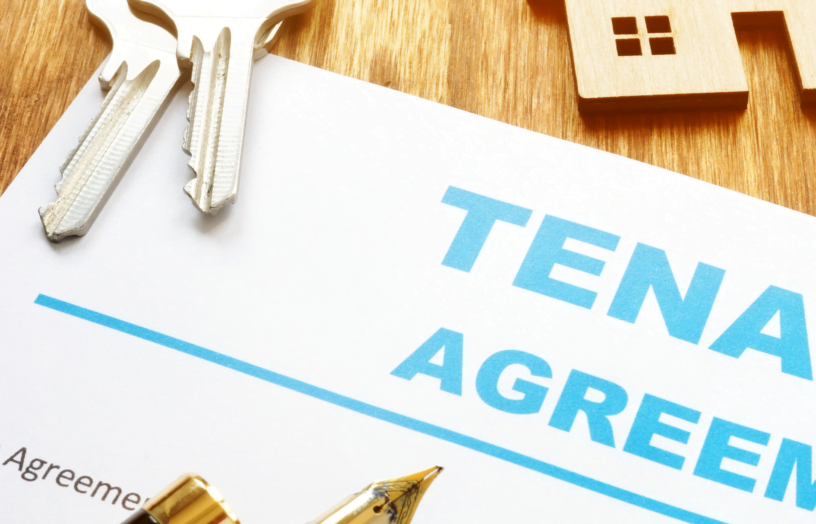 Advocacy
Advocacy
ACT looks to expand rental standards for energy efficiency
Victorian renters need stronger minimum energy standards. Read Renew's submission.
Read more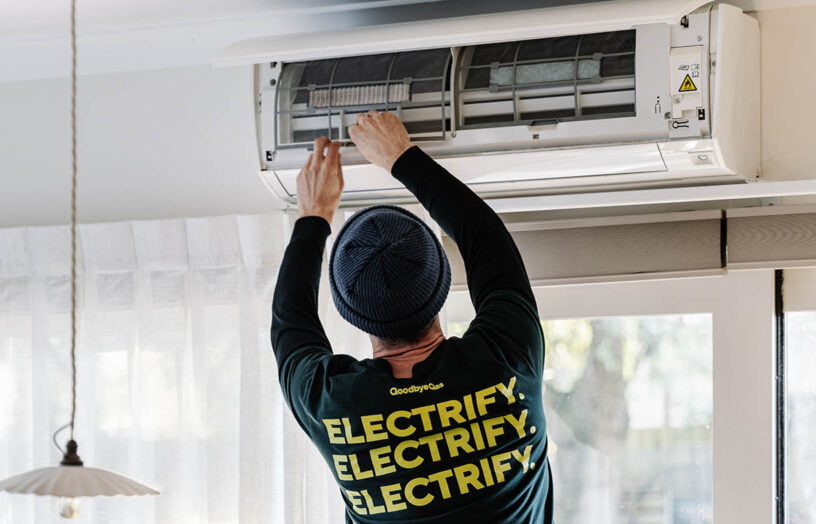 Ideas & Advice
Ideas & Advice
All together now: One-stop shops for energy upgrades
If you want to do a home energy upgrade, it can be hard to know where to start. One-stop shops offer advice, information and referrals all in one place; we take a look at what they’re all about.
Read more

